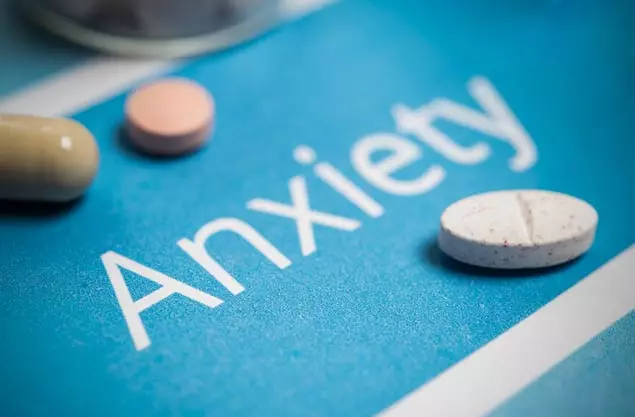Anxiety attacks, also known as panic attacks, can be debilitating experiences characterized by intense fear and a range of physical symptoms such as rapid heartbeat, shortness of breath, sweating, trembling, and dizziness. These attacks can occur unexpectedly, leaving individuals feeling overwhelmed and powerless. However, there are techniques that can help manage and alleviate the symptoms of an anxiety attack. In this article, we will explore various strategies and techniques to stop an anxiety attack and regain a sense of control.
Deep Breathing Exercises:
One of the most effective techniques for managing anxiety attacks is deep breathing exercises. During an anxiety attack, the body’s natural response is to hyperventilate, leading to increased feelings of panic. Deep breathing exercises help to counteract this by promoting relaxation and reducing the body’s physiological arousal.
To practice deep breathing, find a quiet and comfortable space to sit or lie down. Close your eyes and take slow, deep breaths in through your nose, allowing your abdomen to expand fully. Hold your breath for a few seconds, then exhale slowly through your mouth, feeling your abdomen contract. Repeat this process several times until you begin to feel calmer and more relaxed.
Progressive Muscle Relaxation (PMR):
Progressive muscle relaxation is a technique that involves tensing and then relaxing different muscle groups in the body to promote relaxation and reduce stress. This technique can be particularly helpful during an anxiety attack, as it helps to release tension and reduce feelings of physical discomfort.
To practice PMR, start by tensing the muscles in your feet and toes as tightly as you can for a few seconds, then release and relax them completely. Move on to the muscles in your calves, thighs, abdomen, chest, arms, and face, repeating the process of tensing and relaxing each muscle group. Focus on the sensations of tension leaving your body with each exhale, and allow yourself to sink deeper into a state of relaxation.
Mindfulness Meditation:
Mindfulness meditation is a practice that involves bringing your attention to the present moment without judgment. During an anxiety attack, your mind may be racing with negative thoughts and worries about the future. Mindfulness meditation can help to quiet the mind and cultivate a sense of inner peace and calm.
To practice mindfulness meditation during an anxiety attack, find a comfortable seated position and close your eyes. Begin by bringing your attention to your breath, noticing the sensation of each inhale and exhale. When you notice your mind wandering, gently bring your focus back to your breath without judgment. Allow yourself to observe your thoughts and feelings without getting caught up in them, acknowledging them and then letting them pass like clouds in the sky.
Grounding Techniques:
Grounding techniques can help to anchor you to the present moment and reduce feelings of dissociation or detachment during an anxiety attack. One effective grounding technique is the 5-4-3-2-1 method, which involves using your senses to focus on your surroundings.
To practice the 5-4-3-2-1 grounding technique, start by identifying five things you can see around you, four things you can touch, three things you can hear, two things you can smell, and one thing you can taste. Engaging your senses in this way can help to bring you back to the present moment and alleviate feelings of panic and disorientation.
Positive Self-Talk:
During an anxiety attack, your mind may be flooded with negative thoughts and self-doubt. Practicing positive self-talk can help to counteract these negative thought patterns and instill a sense of confidence and reassurance.
To practice positive self-talk, identify any negative thoughts or beliefs that arise during an anxiety attack and challenge them with more positive and realistic alternatives. For example, if you find yourself thinking, “I can’t handle this,” try reframing it as, “I have handled difficult situations before, and I can handle this one too.” Repeat these positive affirmations to yourself silently or out loud until you begin to feel more empowered and in control.
Seeking Professional Help:
While these techniques can be helpful for managing anxiety attacks in the moment, it’s important to seek professional help if you experience frequent or severe anxiety attacks. A mental health professional can work with you to develop a personalized treatment plan tailored to your specific needs, which may include therapy, medication, or other interventions.
In conclusion, anxiety attacks can be frightening and overwhelming experiences, but there are techniques that can help to alleviate the symptoms and regain a sense of control. From deep breathing exercises to mindfulness meditation to positive self-talk, finding what works best for you can make a significant difference in managing anxiety attacks and improving overall well-being. Remember that it’s okay to seek help and support when needed, and you don’t have to face anxiety alone.
